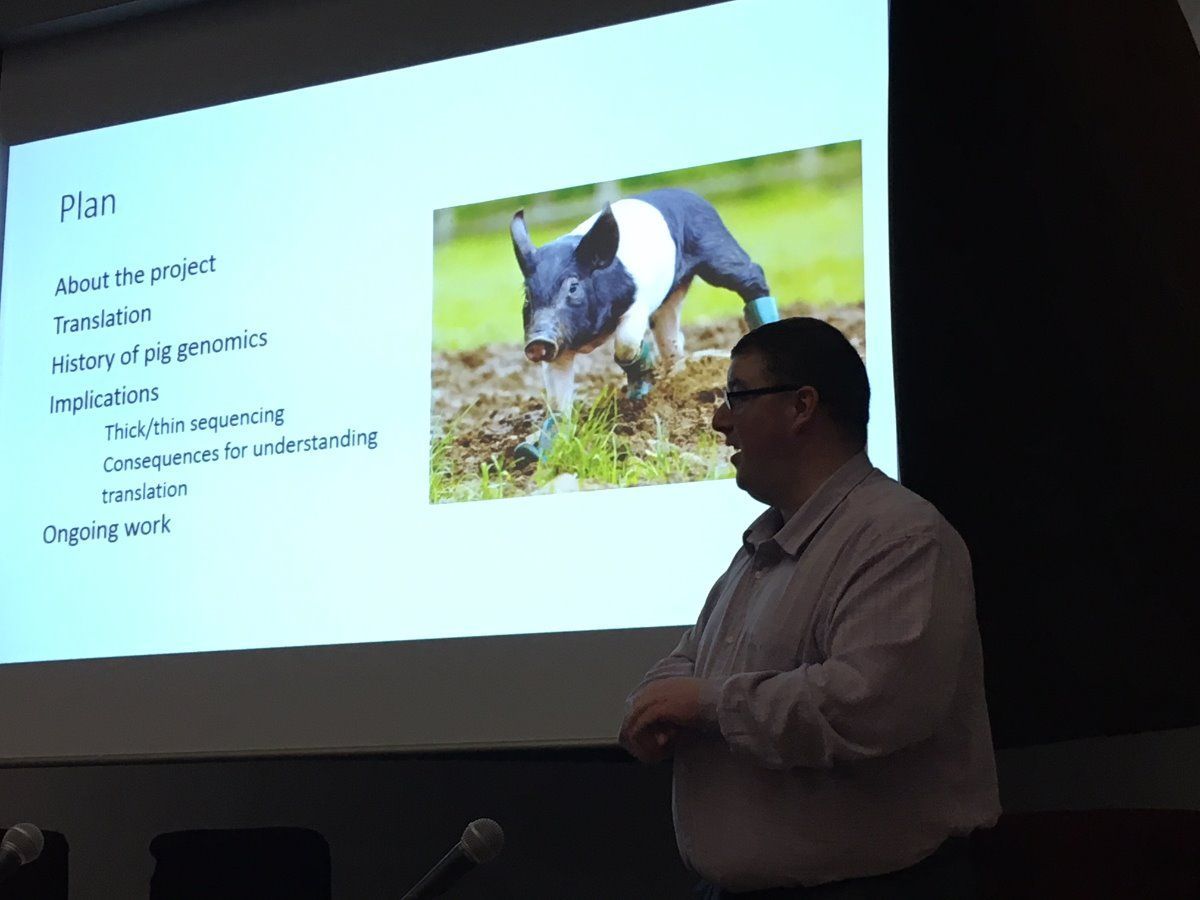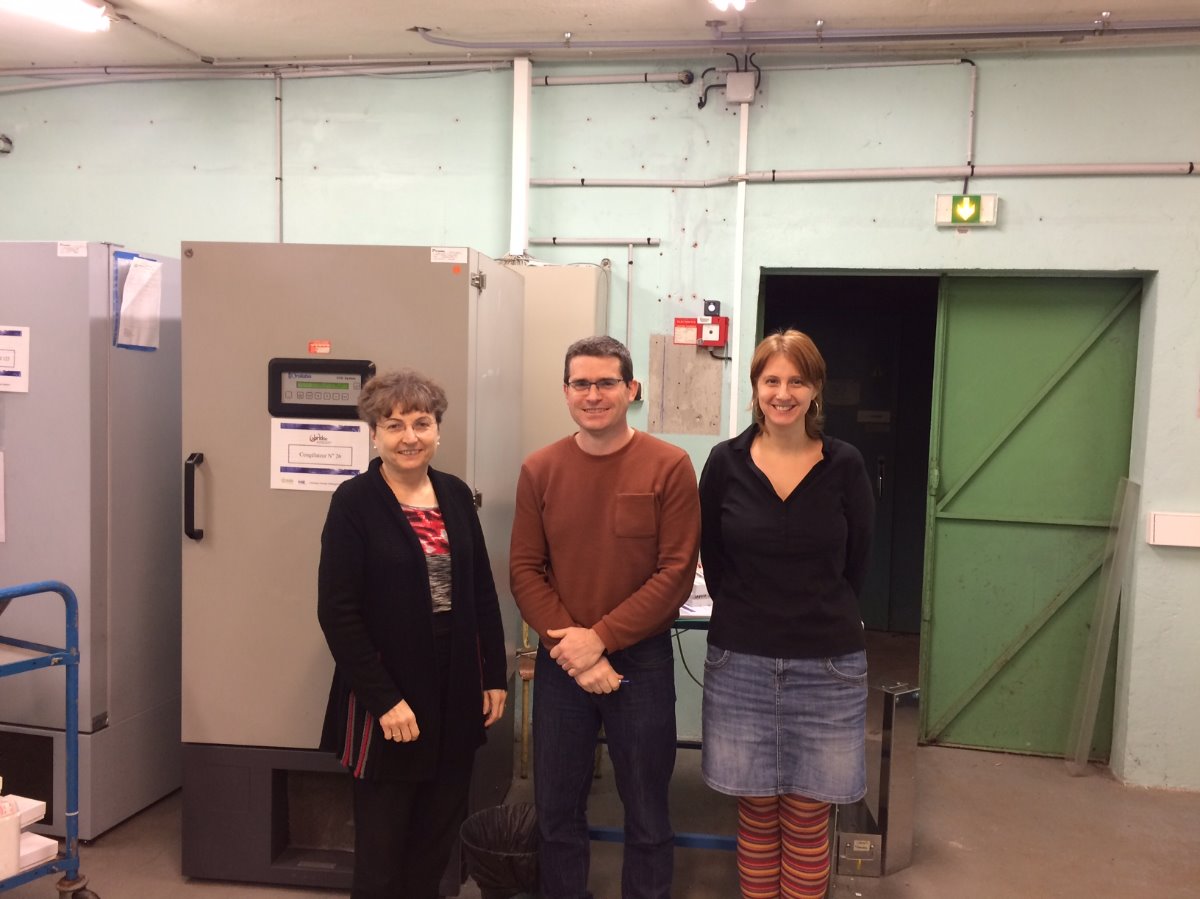Exploring pig genetics in France
Media
Image

Blog content
At the end of November, I followed in the footsteps of many of the pig geneticists whose work I have been researching, and visited the Jouy-en-Josas campus of the French Institut national de la recherche agronomique (INRA), just south of Paris. At there and other INRA sites in Paris itself, I interviewed current and retired scientists about their research, some of which dated back to the early 1960s.
Retired quantitative geneticist Louis Ollivier recalled his role in the European Commission-funded Pig Genome Mapping Project (PiGMaP) in the early 1990s, and described subsequent initiatives investigating pig biodiversity. These later projects, also funded by the European Commission, involved breeds and collaborators from across Europe, and also from China.
INRA was able to make use of Chinese breeds of pig earlier than other European or North American countries due to the importation of pigs of three different breeds in the 1970s. Work on these breeds (especially Meishan), was a crucial component of the research agenda of PiGMaP, which took advantage of the genetic differences between European and Chinese breeds by crossing them to produce genetic heterogeneity (polymorphisms) in the offspring. It was his experience in working with Chinese breeds that brought quantitative geneticist Jean-Pierre Bidanel into the work of PiGMaP, and he related the subsequent efforts to detect and map quantitative trait loci, areas of the genome linked to variation in traits of interest.
In addition to research aimed at improving the precision of selective breeding of livestock, the genetics of immune response has had a long history at this INRA site, and I had the good fortune to be able to share in the experiences of three retired researchers who dedicated their careers to this. Patrick Chardon, Christine Renard and Marcel Vaiman spoke with me about their research into the Swine Leucocyte Antigen (SLA) complex, an area of the genome dense with genes associated with immune response and variation in a plethora of physiological traits. Their group’s research spanned early research into skin and bone marrow grafts, the discovery of the SLA, developing the means to map the genes of the SLA and the production of high resolution physical maps and sequences of the SLA region.
Patrick Chardon was also instrumental in the development of radiation hybrid mapping, a mapping technique that uses frequencies of the separation of genetic markers after the fragmentation of chromosomes by X-ray radiation. I was also able to speak with Denis Milan, who works at the INRA institute in Toulouse and was involved in the informatics side of the development of radiation hybrid mapping. He was also, with Patrick Chardon, instrumental in the production of DNA libraries (containing clones of DNA fragments in artificial chromosomes housed in E. coli bacteria) which later became a key input into the swine genome sequencing project.
In addition to the fascinating interviews, I was granted a tour of the INRA biological resources centre by Michèle Tixier-Boichard, assisted by her colleagues Jérôme Lecardonnel and Déborah Jardet. This is where the remaining pools of clones of the original DNA (Bacterial Artificial Chromosome - BAC) library are stored in carefully monitored freezers. The team were kind enough to show me the facilities in this building, which was also where much of the work of the Vaiman group was conducted. I had the opportunity also to speak with Laurence Colinet about the methods developed by INRA to evaluate the impact of research, as well as to present some of the findings of my research in a seminar at Jouy-en-Josas.

